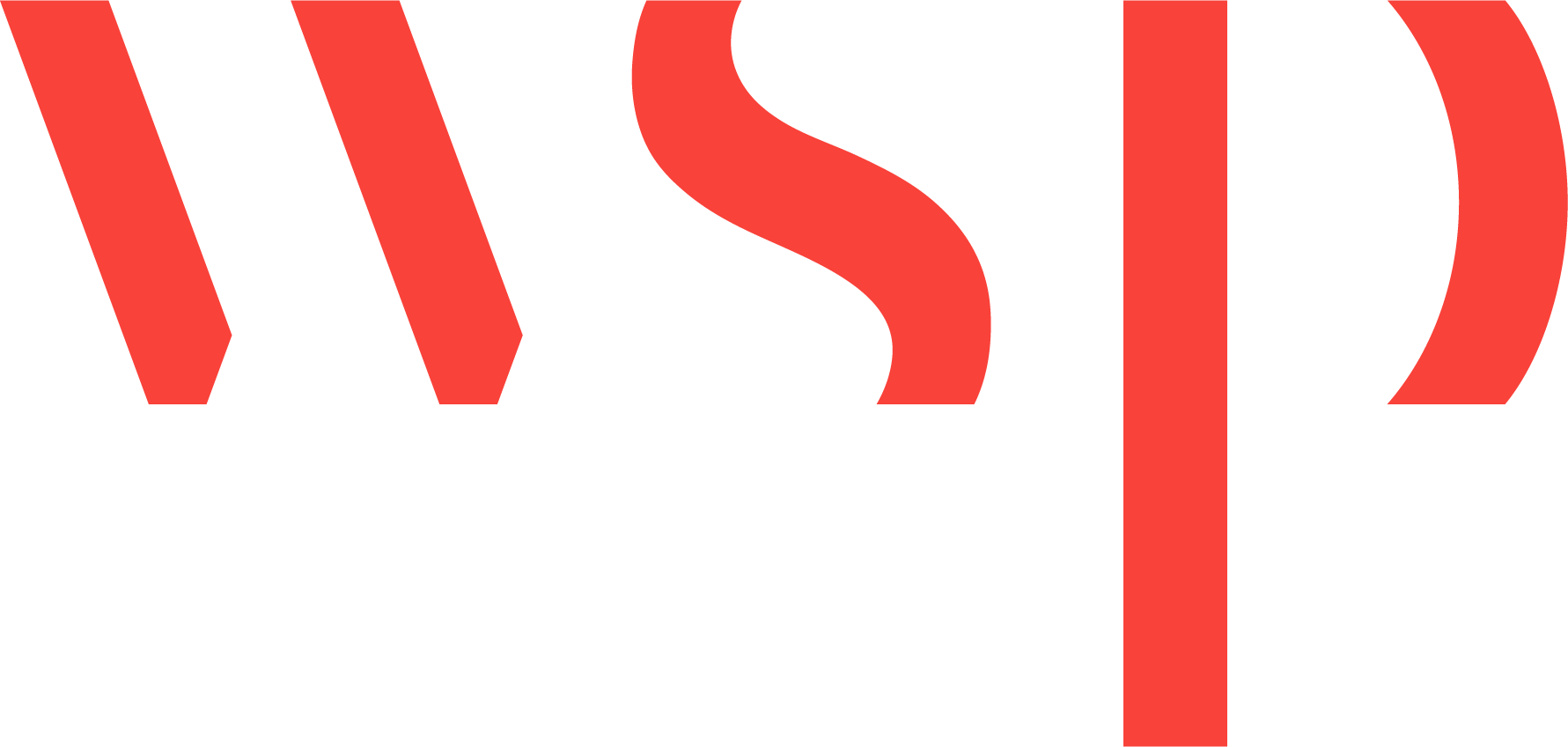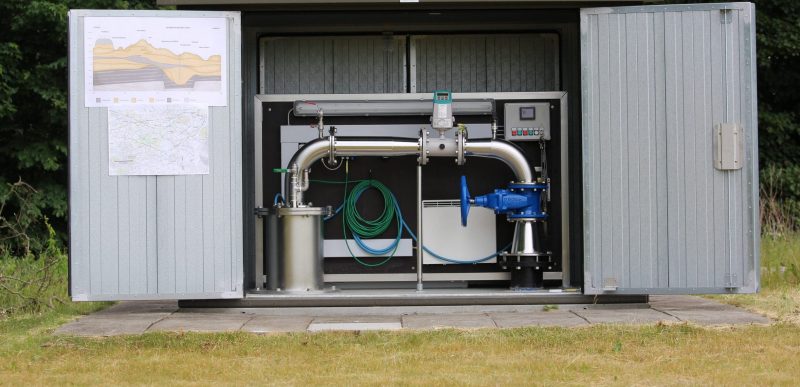Since 2004, they have used wellfield models to optimise the abstraction of groundwater from their seven wellfields, which are treated at five waterworks. The first-generation wellfield models were used to redesign all wellfields, both in regards to the raw water network, submersible pumps and determining the optimal production modes from an energy saving prospective. This has resulted in substantial energy savings (an average of 50 per cent) - primarily as a result of various production components now matching actual production equirements.
Since 2016, a second, more advanced version of the wellfield model, uGraph, has been used on all wellfield related activities. When decommissioning a waterwork, groundwater from the wellfield was transferred to another waterwork, where project design was performed using the advanced wellfield model. At another wellfield, the water quality is complex due to elevated levels of natural minerals and the occurrence of pesticides. The abstraction was planned by using the model, securing optimal water quality and avoiding spreading the occurrence of pesticides. At the oldest waterworks, the raw water network from two wellfields were redesigned for optimal wellfield operation.
Contributors: WSP, VCS Denmark











